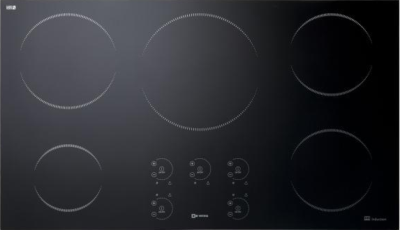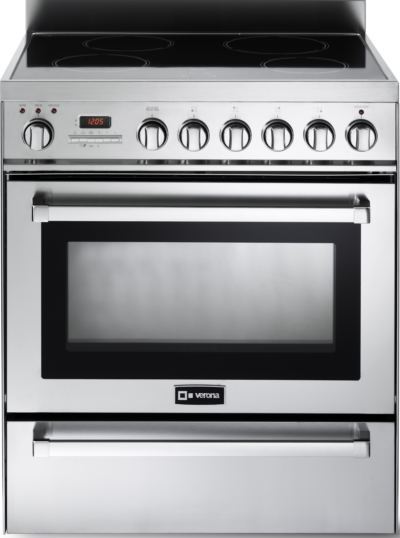The Induction Site
Search this site, or just roll your cursor over the colored boxes below the pictures.Advertisement:
Advertisement:
Advertisement:
Advertisement:




"Produce! Produce!
Were it but the pitifullest infintesimal fraction
of a product, produce it in God's name!
'Tis the utmost thou hast in thee: out with it, then."
—Thomas Carlyle
Verona is a nearly 60-year-old Italian upscale appliance company, imported to the U.S. by EuroChef (who also handle the ILVE line).
As always in these listings, we give these standard general—
|
Important notes on these data:
(For much fuller information on power, read our page Kitchen Electricity 101.) |
We found 2 Verona induction cooktops and 1 Verona induction-topped range:



Advertisement:
Advertisement:
All content copyright © 2002 - 2025 by The Owlcroft Company.
This web page is strictly compliant with the W3C (World Wide Web Consortium) Extensible HyperText Markup Language (XHTML) Protocol v1.0 (Transitional) and the W3C Cascading Style Sheets (CSS) Protocol v3 — because we care about interoperability. Click on the logos below to test us!
This page was last modified on Monday, 22 January 2024, at 12:46 am Pacific Time.